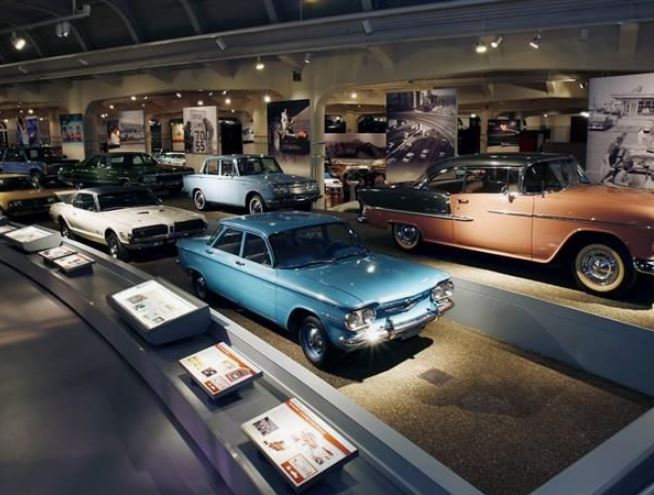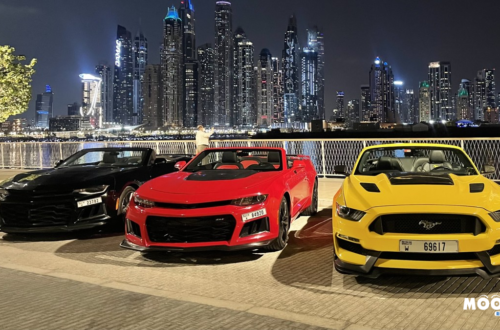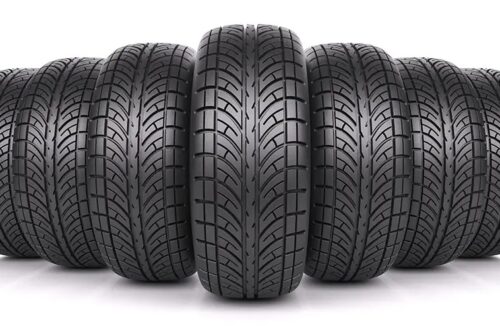Restoring old cars can be both a passion project and a long-term investment. Whether you are a seasoned mechanic or a first-time restorer, understanding the best practices ensures that your restoration project goes smoothly and that the results are lasting. From careful planning to sourcing authentic parts, this guide will walk you through everything you need to know to restore an old car properly.
1. Planning Your Restoration Project
Before getting your hands dirty, proper planning is crucial. This involves selecting the right car, setting a realistic budget, and identifying the level of restoration you want to pursue.
Key Aspects to Plan:
| Element | Details |
|---|---|
| Car Selection | Choose a model that is well-supported by the aftermarket or has accessible resources for parts. |
| Budget | Allocate funds not only for parts but also for labor, tools, and unexpected expenses. |
| Restoration Type | Decide between a full restoration or a partial one, depending on the car’s condition and your goals. |
2. Setting Realistic Goals
There are different levels of car restoration, and each one comes with its own set of challenges. The type of restoration you choose depends on your expertise, budget, and the car’s initial condition.
Types of Restoration:
| Type | Description |
|---|---|
| Cosmetic Restoration | Focuses on improving the visual appearance by repainting the body and cleaning the interior. |
| Mechanical Restoration | Involves fixing or replacing parts like the engine, transmission, brakes, and suspension. |
| Full Restoration | A combination of cosmetic and mechanical restoration, aiming to bring the car back to its original factory condition. |
3. Sourcing Authentic Parts
The parts you use in your restoration play a huge role in the final product. While some people might lean toward aftermarket parts for affordability, using original or reproduction parts often results in a more authentic restoration.
Comparison of Original vs. Aftermarket Parts:
| Aspect | Original Parts | Aftermarket Parts |
|---|---|---|
| Cost | Generally more expensive | More affordable |
| Availability | Harder to find, especially for rare models | Easily accessible |
| Authenticity | Provides a closer match to the original look and performance | Can deviate from the original specs, which may affect performance or value |
4. Addressing Rust and Bodywork
Rust is one of the biggest challenges in old car restoration. Ignoring it can compromise the vehicle’s structural integrity and aesthetics. Addressing rust early in the restoration process will save time and effort later on.
Best Practices for Rust Removal:
- Sandblasting: A technique that involves blasting abrasive materials at the car’s surface to remove rust effectively.
- Rust Converter: Chemicals that convert rust into a protective coating, which can then be painted over.
- Metal Replacement: If rust has eaten away the metal, it may be necessary to cut out the affected areas and weld in new metal panels.
visit: https://fastlinkcarremoval.com.au/cash-for-cars-sydney/
5. Electrical System Overhaul
Older cars often come with outdated electrical systems that are prone to failure. An essential part of the restoration process is upgrading the electrical wiring to meet modern safety standards while maintaining the original appearance.
Common Electrical Issues in Old Cars:
- Worn-out wiring: Insulation deteriorates over time, leading to potential short circuits.
- Dead battery: Older cars may need their entire charging systems replaced, including the alternator.
- Malfunctioning lights: Brake lights, headlights, and dashboard lights might need rewiring or new bulbs.
6. Repainting and Detailing
The paint job is often the most visible part of a restoration project. It not only enhances the car’s aesthetic appeal but also protects the body from further corrosion. A high-quality repaint can significantly impact the value of the car.
Paint Restoration Options:
| Technique | Details |
|---|---|
| Hand-Sanding and Priming | Ensures that old paint is removed before applying the new coat, leading to a smoother finish. |
| Clear-Coat Application | Adds an extra layer of protection and gives the car a glossy finish. |
| Polishing | Brings out the shine in the paint, making the car look showroom-ready. |
7. Upholstery and Interior Restoration
The interior is just as important as the exterior, especially if you want your restored car to be a pleasure to drive. Seats, dashboard, and carpet often need attention after years of wear and tear.
Common Interior Fixes:
- Reupholstering Seats: Leather, vinyl, or fabric should be replaced or restored to reflect the car’s original design.
- Dashboard Repair: Often cracked or faded, dashboards can be repainted or replaced.
- Carpeting and Mats: Worn-out flooring should be replaced to give the car a fresh and clean look.
8. Engine and Mechanical Components
Rebuilding or replacing the engine is often the most technical and expensive part of car restoration. An old engine may require a complete overhaul to run smoothly again, or you may choose to swap it out for a newer, more efficient model.
Engine Restoration Options:
| Option | Details |
|---|---|
| Rebuild | Disassembling the engine and replacing worn-out parts while keeping the original engine block. |
| Replace | Installing a new or remanufactured engine, which could offer better performance but might decrease originality. |
Conclusion
Restoring an old car is not just about making it look good—it’s about bringing it back to life in a way that respects its history while ensuring reliability. Whether you are doing a cosmetic touch-up or a complete mechanical overhaul, following these best practices will help you achieve the best possible results. With patience, proper planning, and the right resources, your restored car can become a cherished masterpiece that continues to turn heads for years to come.
FAQs
- What is the most important step in restoring a classic car? The most important step is proper planning, which includes setting a budget, understanding the car’s condition, and knowing what level of restoration you aim to achieve.
- How do I find parts for vintage cars? You can source parts from specialty stores, salvage yards, online marketplaces, or reproduction parts manufacturers. It is crucial to ensure that the parts match the original specifications as closely as possible.
- How long does a full car restoration take? Depending on the condition of the car and the level of restoration, it can take anywhere from several months to a few years to complete a full restoration.
- Can I restore a car without professional help? It depends on your skills and experience. Basic cosmetic restoration can be done at home, but mechanical and structural work may require professional assistance.
- Is it worth restoring an old car? Restoring an old car can be worth it both financially and emotionally, particularly if it is a rare model or holds sentimental value. However, it is essential to consider the time and cost involved.





